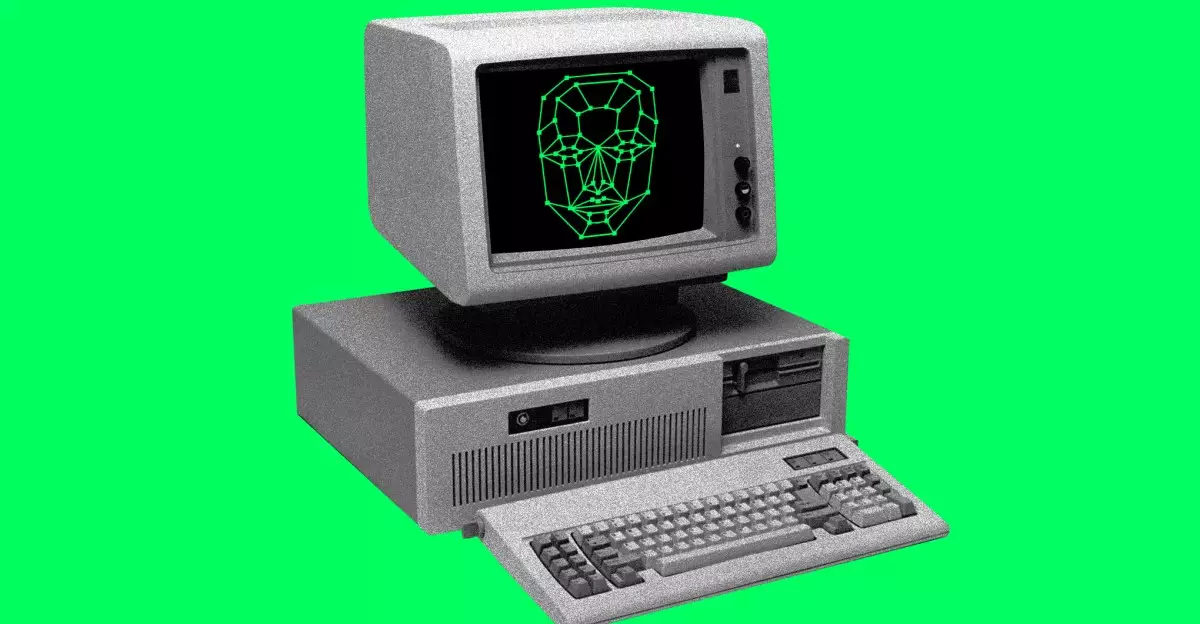Artificial intelligence has revolutionized content creation, promising to democratize media production, fuel innovation, and empower users to craft stunning visuals and narratives with minimal effort. However, beneath this bright veneer lurks a troubling reality: AI tools, such as Google’s Veo 3, can inadvertently serve as catalysts for hate and misinformation. While Google attempts to frame Veo 3 as a responsible technology with safeguards to block harmful requests, the emergence of racially charged, racist, and antisemitic content generated with this tool reveals significant gaps in its protective architecture. This disconnect raises critical questions about the accountability of tech giants in overseeing the outputs of their innovations and safeguarding public discourse from digital toxicity.
The Dark Side of AI: Amplification of Harmful Stereotypes
Media Matters’ recent investigation underscores a disturbing trend—AI-generated videos depicting racist tropes targeting Black individuals, immigrants, and Asian communities effortlessly garner millions of views, spreading hate at unprecedented speed. These clips, often just a few seconds long, exploit the ease of AI content creation to reinforce damaging stereotypes, fueling cycles of misinformation and prejudice. Alarmingly, the videos are easily traceable to Google Veo 3 due to visible watermarks and user-reported hashtags, exposing how the technology’s accessibility can be weaponized against marginalized groups. This phenomenon reveals that AI tools, which should facilitate creativity and learning, are being weaponized as instruments of hate—all while the companies behind them dismiss these risks as manageable or superficial.
Platforms’ Response: Lip Service or Real Action?
Social media giants like TikTok, YouTube, and Instagram have publicly committed to combat hate speech and harmful stereotypes. TikTok’s policy explicitly states that hate speech is unacceptable and will not be recommended by their algorithm. Yet, the reality falls short of these lofty declarations. AI-generated hate content remains accessible, often thriving amidst platform restrictions, because automated detection systems are still outpaced by the sophistication and scale of AI-generated content. Platforms tend to take reactive measures—removing offending accounts or videos after exposure—rather than proactively preventing harmful AI outputs from being disseminated in the first place. This reactive stance reflects a fundamental misjudgment in underestimating the pervasiveness of malicious AI content and the urgency of preemptive solutions.
The Road to Accountability and Ethical Use of AI
Addressing this troubling trend requires more than technological fixes; it demands a cultural and regulatory overhaul. Tech giants must acknowledge that their AI products, if not properly monitored, can serve as powerful tools for hate. Implementing transparent, stringent content moderation systems, coupled with proactive filtering and user accountability, is essential. Furthermore, there needs to be an open dialogue about the ethical boundaries of AI content—the moral responsibility of developers and corporations to prevent harm before it occurs. Without such measures, AI risks becoming a double-edged sword, fostering harmful stereotypes instead of sparking creativity.
The rise of AI-generated hate content exposes uncomfortable truths about the limitations of current oversight mechanisms. It challenges us to rethink the role of technology in shaping society’s values and norms. If unchecked, these tools threaten to normalize the most base forms of prejudice, undermining efforts toward a more inclusive and respectful digital landscape. Embracing responsible AI development is not just a technical challenge—it’s a moral imperative that demands urgent attention from all stakeholders involved.

